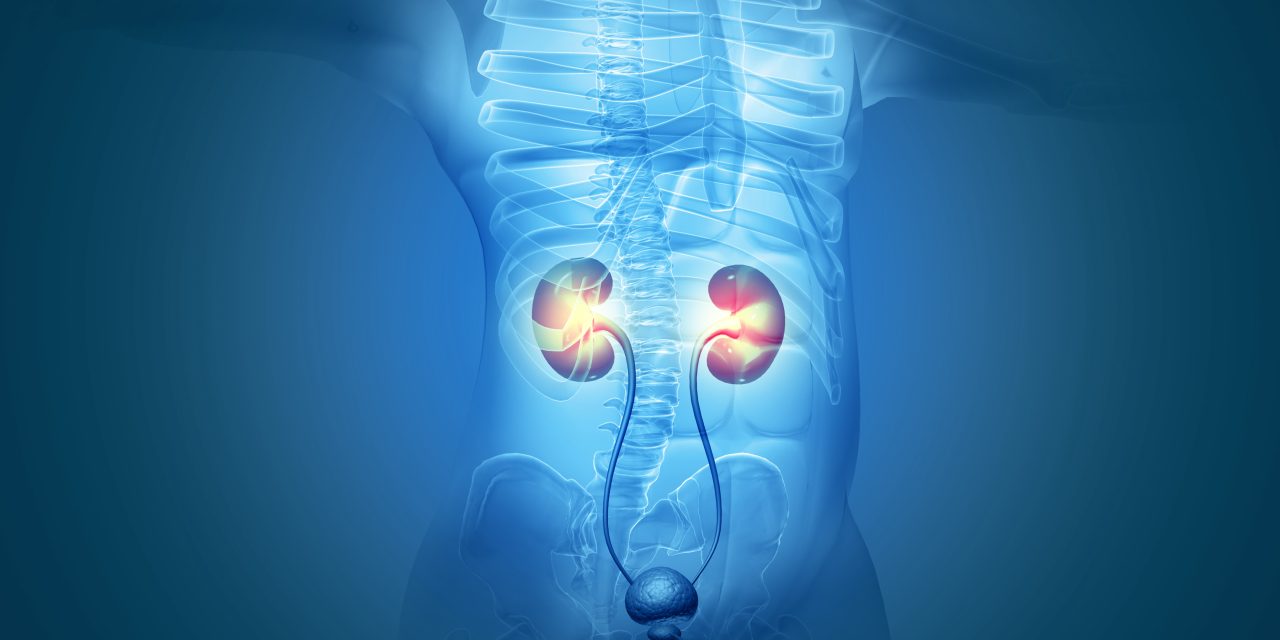Extremist prostatectomy is the ideal administration for organ-bound prostate cancer, which intends to accomplish total disease control. Other than oncological results, personal satisfaction after RP is a significant issue. Urinary self-restraint (UC), a significant marker of QoL after RP, has a solid relationship with treatment satisfaction. In open period, there were ∼30% of patients who actually experienced urinary incontinence at 1 year after RP.5 With the improvement of laparoscopic strategy, >80% of the patients have recaptured UC after laparoscopic RP.6 Although the nitty gritty pathophysiologic system of urinary incontinence after RP is at this point unclear, UC recuperation after RP could be impacted by some careful elements, for example, the wounds of nerve-vessel group (NVB), urinary sphincter, and pelvic floor musculature. What’s more, some individual variables, like age, diabetes, and prostate volume, can influence UC achievement. Post-prostatectomy UC (especially early UC) has as of late been improved dependent on the advancement of a few careful strategy alterations, for example, Retzius-saving method, distal urethral conservation, absolute anatomical reproduction, puboprostatic tendon remaking, and bladder neck safeguarding (BNP).10–16 BNP has been applied to ensure the round muscle filaments of bladder neck.
Reference link- https://www.liebertpub.com/doi/10.1089/end.2020.0064


